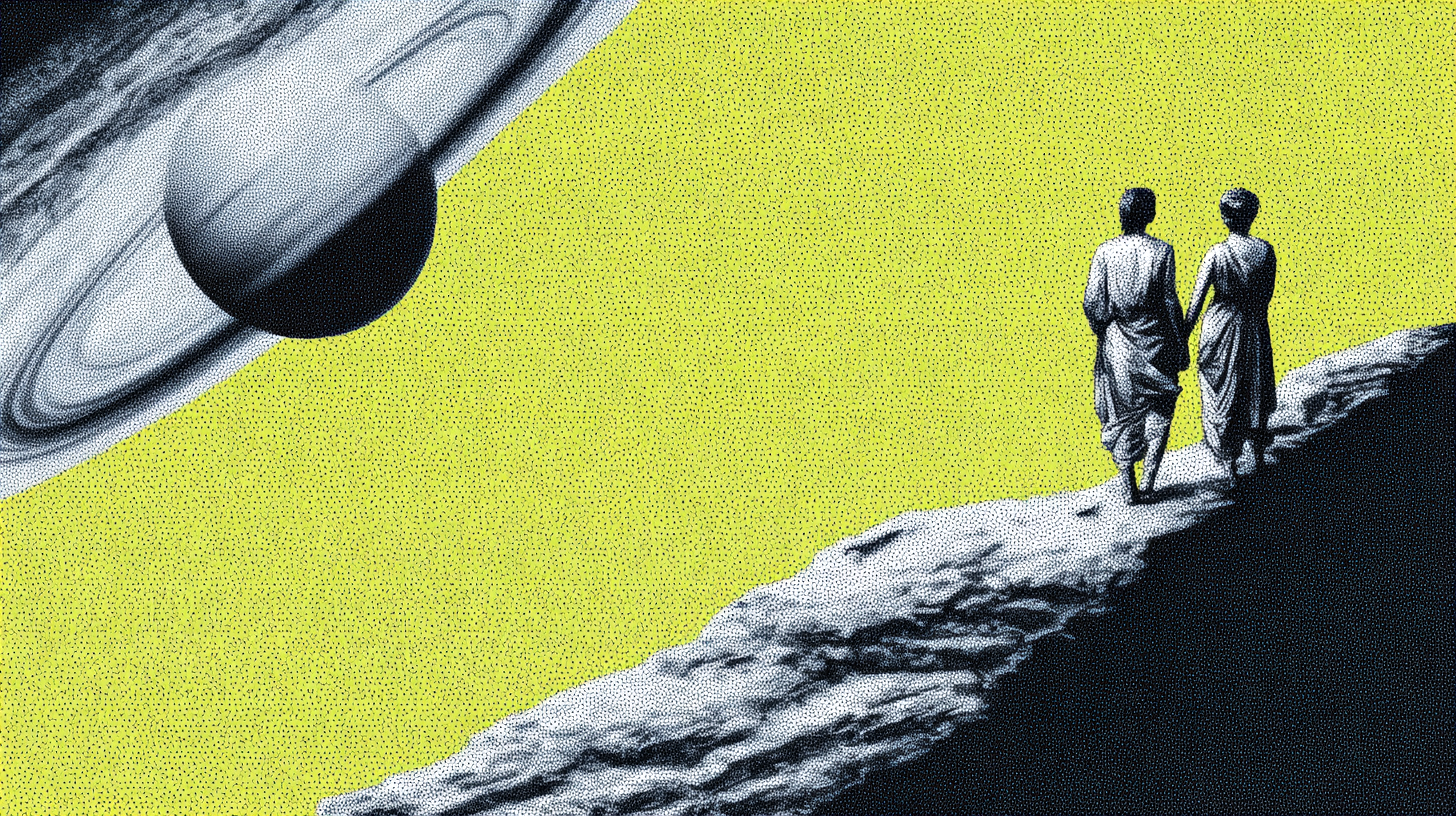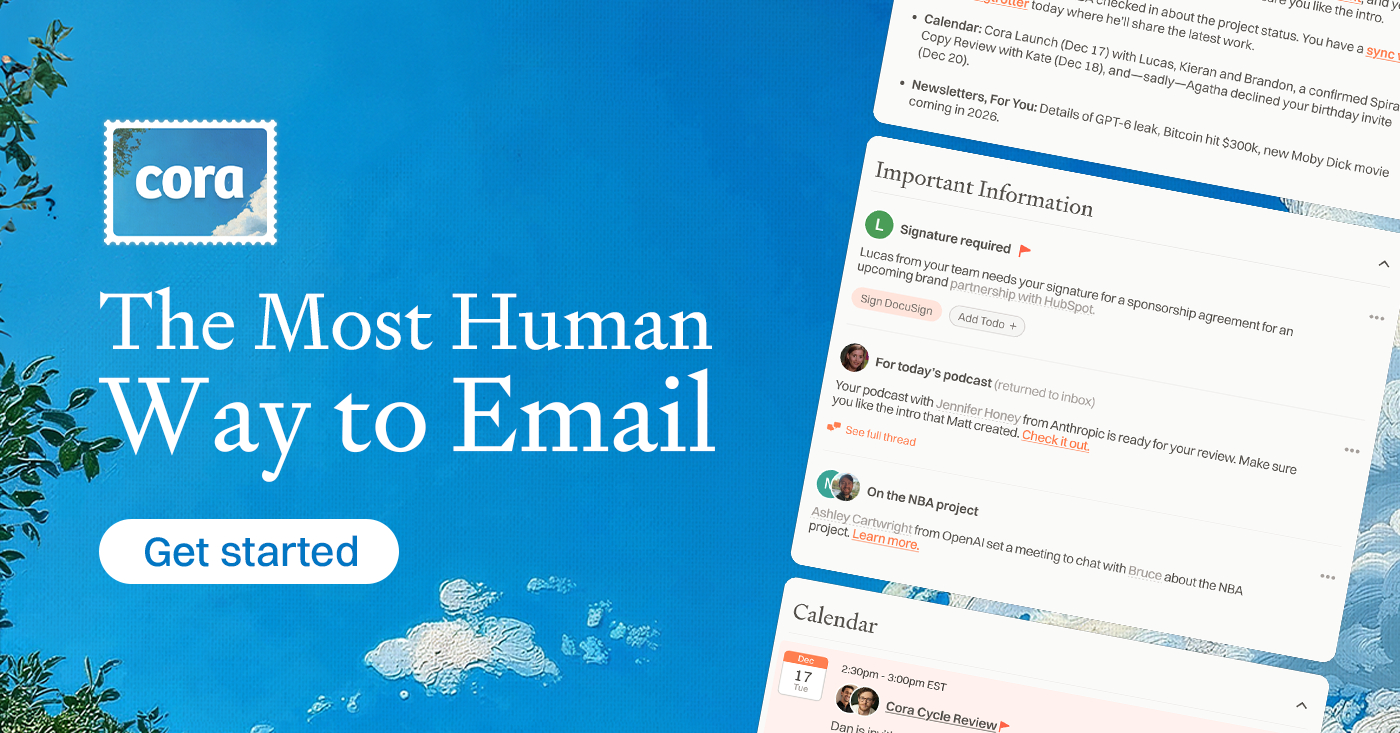Was this newsletter forwarded to you? Sign up to get it in your inbox.
ChatGPT's image generator can now render text perfectly and follow prompts with surgical precision. Midjourney still struggles with both. Yet I reach for Midjourney every single day.
There’s a good reason for that. The best creative tools don't give you what you ask for—they give you what you didn't know you needed. And that requires a kind of beautiful chaos that only Midjourney has mastered.
I’ve been a fan of Midjourney since it came out nearly three years ago, and even wrote a guide to using it. And while I’ve used every major image generation tool on the market, I keep coming back to this one. In fact, it helped me discover Every’s visual identity.
Let’s dive into how I used Midjourney to create Every’s look and feel, how to prompt it effectively, what’s so special about it, why its imperfections are a feature and not a bug, and how to harness its unique strengths.
How Midjourney discovered Every’s visual identity
When I set out to create Every's visual identity, I expected to find inspiration in the usual places—Pinterest, design blogs, art books.
Then I stumbled on Midjourney’s public feed. It’s like a user-generated Pinterest board, containing images created and remixed by a Midjourney user, allowing anybody to search and filter through its collective consciousness. I knew we wanted something that encapsulated our published work: curiosity, the future unknown, classical knowledge within a modern context, and technology as both a myth and tool.
After I found some images I liked, I noticed a button that said “copy prompt.” Being able to read the prompt of an image is like trying a dish and seeing the recipe. Once you learn it, you can play with it and make it your own. I began to bounce ideas off of Midjourney’s user base.
I wrote prompts about Every's values and vision for the future, and found myself in a rabbit hole of classical art, vintage illustration styles, Greco-Roman architecture, and eventually Dadaism, pop art, and postmodernism. I was blending Greek sculptures with more vibrant color, technology elements, and richer textures. This exploration of neoclassical pop art was completely unexpected, and felt thematically correct.
Soon this style started to bleed into all of Every’s visual touchpoints. It quickly became clear that it could become our own. This wouldn’t have happened if I wasn’t playing with Midjourney.
Midjourney is my go-to creative companion precisely because of its unpredictability. The company has doubled down on serendipity, and that makes all the difference for creative work.
Make email your superpower
Not all emails are created equal—so why does our inbox treat them all the same? Cora is the most human way to email, turning your inbox into a story so you can focus on what matters and getting stuff done instead of on managing your inbox. Cora drafts responses to emails you need to respond to and briefs the rest.
How to prompt Midjourney effectively
The name Midjourney is a key to its superpower: It’s more about being in the messy middle of exploration than about reaching a destination. Here’s how to get the most out of it:
Become a paid subscriber to Every to unlock this piece and learn about:
- Four steps to prompting Midjourney effectively
- The results of the Reach Test
- Why Midjourney feels like magic—and what doesn't work so well
What is included in a subscription?
Daily insights from AI pioneers + early access to powerful AI tools
 Front-row access to the future of AI
Front-row access to the future of AI
 In-depth reviews of new models on release day
In-depth reviews of new models on release day
 Playbooks and guides for putting AI to work
Playbooks and guides for putting AI to work
 Prompts and use cases for builders
Prompts and use cases for builders
 Bundle of AI software
Bundle of AI software

.png)




